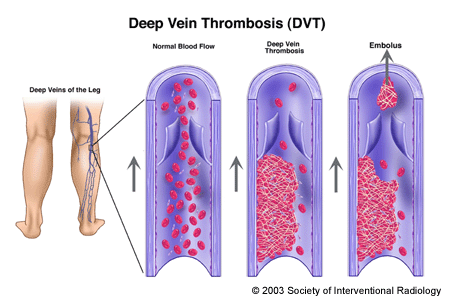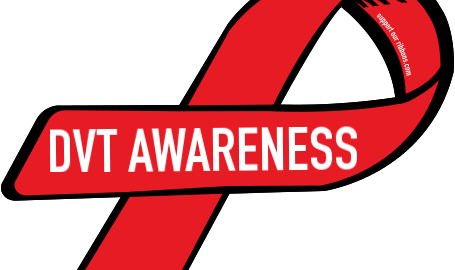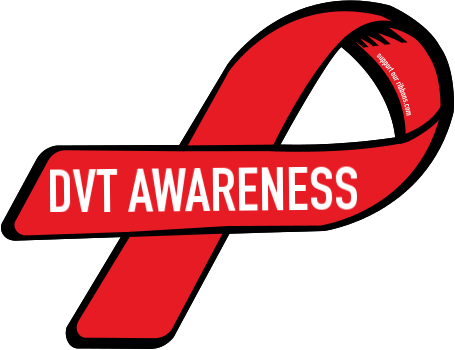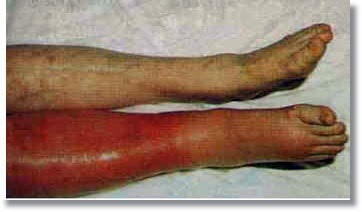If you’re a sports fan, you’re likely aware of the death of a 52-year-old former star of the NBA’s Portland Trailblazers, Jerome Kersey, followed two days after by the discovery of the same condition in a current star of the NBA’s Miami Heat, Chris Bosh. You may also recall tennis superstar Serena Williams’ career was once placed on hold for a year. The condition from which they all suffered was pulmonary embolus (blood clots in the lungs). Straight, No Chaser will discuss those in the next two posts, but today we will address the condition that most often precedes the development of clots in the lungs.

A blood clot represents a blockage of a blood vessel somewhere in the body, usually the lower extremities (legs and thighs), the lungs (pulmonary embolus) or the brain (a stroke). Today we’ll discuss the variety that occurs in the lower extremities, which are generally referred to as deep venous thrombosis (DVTs). In case you’re thinking that a clot in the leg doesn’t sound as bad as a clot in the lungs or the head, you’re correct – until you understand that DVTs break off and travel to other body sites, leading to blockage elsewhere (This is called embolism.).
Today’s challenges are to appreciate the risks of developing DVTs and the symptoms. Risk factors include the following:
- Birth control pills or other estrogen use (this combined with cigarette smoking pushes the risk even higher)
- Cancer
- Cigarette smoking
- Family history of blood clots
- Obesity
- Prolonged immobilization
- Recent pelvic or leg fracture
- Recent surgery (most often the pelvis or lower extremities)
- Recent travel involving long periods of sitting
- Certain medical conditions, most notably lupus
Symptoms most commonly are in one leg or the other and reflect the fact that the vein is being blocked. These include pain, swelling, redness and warmth. The above picture is not typical. The presentation is usually much more subtle.
Diagnosis and treatment are relatively straightforward as long as they occur in time (meaning before the clots have broken off). Diagnosis is usually accomplished by an ultrasound of the lower extremities; once discovered, you’ll be placed on blood thinners. It’s important to know that blood thinners prevent the formation of new clots. They do not dissolve existing clots. That’s usually not necessary, as many DVTs simply dissolve. If it doesn’t, DVTs that embolize are life-threatening (more so from the pelvis and thigh than the legs). Unfortunately pulmonary emboli are among the most missed medical diagnoses and causes of death.
Try to manage your controllable risk factors, and be aware – especially when you’re dealing with a risk factor that you can’t control (like surgery).
Feel free to ask your SMA expert consultant any questions you may have on this topic.
Order your copy of Dr. Sterling’s new book Behind The Curtain: A Peek at Life from within the ER at jeffreysterlingbooks.com, iTunes, Amazon, Barnes and Nobles and wherever books are sold.
Thanks for liking and following Straight, No Chaser! This public service provides a sample of what http://www.SterlingMedicalAdvice.com (SMA) and 844-SMA-TALK offers. Please share our page with your friends on WordPress, like us on Facebook @ SterlingMedicalAdvice.com and follow us on Twitter at @asksterlingmd.
Copyright © 2016 · Sterling Initiatives, LLC · Powered by WordPress



